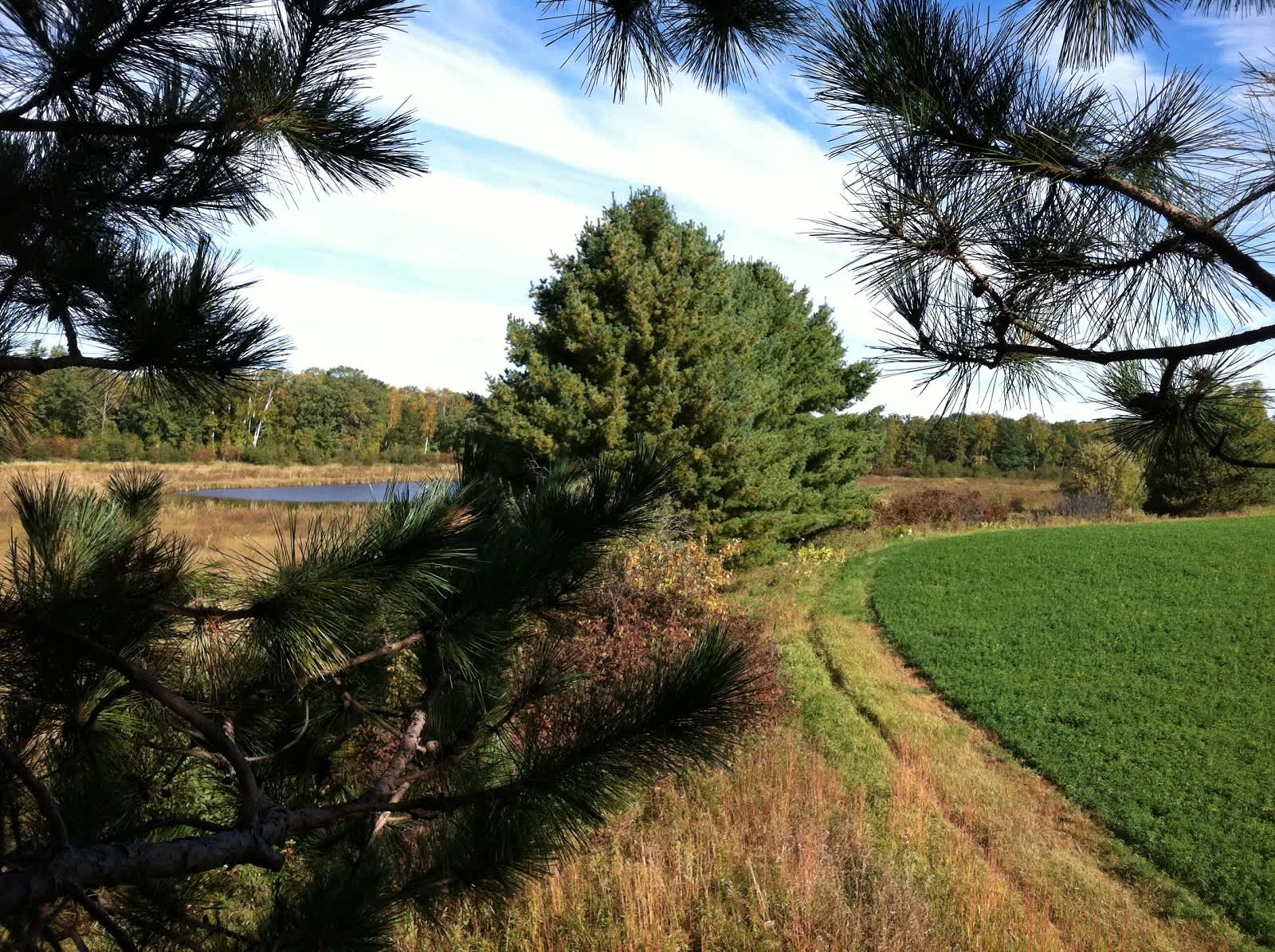Bowhunting Opening Day Whitetails
Bernie Barringer 09.25.13

The best time to shoot a big buck with a bow is before the whitetails have figured out they are being hunted.
While I don’t love the mosquitoes that often accompany an early season deer hunt, I do love the opportunity that early bowhunting presents. Deer are in very predictable patterns during the early weeks of most states’ archery seasons in late September and early October.
Whitetail bucks are in velvet until about the first of September. Up until that time, the bucks are generally bunched up into what we refer to as bachelor groups. These are usually three to six bucks of all ages that are travelling, bedding, and feeding together. You can find them quite easily with a pair of binoculars in August, just start snooping around at alfalfa and soybean fields and they’ll turn up during the last hour of daylight.
The shedding of velvet and the corresponding rise in testosterone begins to break up these groups over the first few weeks of September, and by October 1, bachelor groups are mostly a memory. But the bucks remain in their typical feeding-to-bedding daily grind, which gives the early-bird bowhunter a crack at bucks in a predictable pattern until the testosterone begins to trigger rutting activity in late October.
During the late summer and early fall, living is easy for whitetails. Food is everywhere and they don’t have any hunting pressure to affect their daily activities. They hang out in bedding areas chewing cud and lounging around in the shade. Then when the shadows get long, they begin a leisurely stroll over to the nearest food source, which is most likely a farmer’s crop field, and feast for a couple hours.

Many times they bed down right in the fields at night and chew their cud. They may eat some more before making the trip back to the bedding area during the early morning hours. Some may wait until daylight to make their way back to the bedding area, but most of them start heading back before legal shooting hours.
This makes the evening hours the most productive time to hunt them in the early season. While the morning hunt may turn up some sightings, the majority of the deer make their moves over the course of several hours. Contrast that with the evening, when empty stomachs trigger a more predictable move.
So it stands to reason then that the best time to be in a treestand with a bow is during the last two hours of daylight, and the best place to be is on a travel corridor between the bedding and the feeding area.
Finding the feeding area is easy. Whitetails love high-carbohydrate and high-protein farm crops such as corn, soybeans, alfalfa, and, to a lesser degree, oats. If you see the deer out there feeding in the evening, you have found the food source.
Finding the bedding area is not as easy, it takes a little legwork. Follow the trails the deer are using to enter the field until you kick up the deer and you have found at least one of the bedding areas. It doesn’t hurt to bump the deer once, they will be back—but if you do it too often, you risk moving them out of the country.
Carry a trail camera with you and when you bump the deer, move back down a trail towards the food source and put up your camera. Let it sit there for at least a week, then sneak back in and check it without spooking the deer. The information contained on that camera will help you understand which deer are using the trail and when.

Now it is time to find a good location for a treestand. I like to put in two stands, one for winds that are primarily easterly and one for winds that are primarily westerly. Try to avoid putting your stand right on the edge of the field. We all like to be able to see out into the field and observe the deer, but that leaves you no option for escaping the stand and sneaking out at last light. Better to be back off the field so you can sneak out undetected.
Mature bucks often hang out 20 to 50 yards off the field and wait until the deer in the field seem comfortable before exposing themselves. A treestand well off the field will give you a better chance at those wary bucks. Under no circumstances will I hunt the stand until the wind is right. You can blow the whole deal by getting too aggressive.
Don’t put too much stock in scent-control clothing or devices. We have good tools for scent suppression at our disposal but none of them will totally eliminate your scent. There is no excuse for ignoring the wind and not practicing good woodsmanship. Wait until the wind is right, and the first time you hunt that stand will be your best chance to bag a big one during the early season.
Follow Bernie’s bowhunting adventures on his blog, bowhuntingroad.com.

